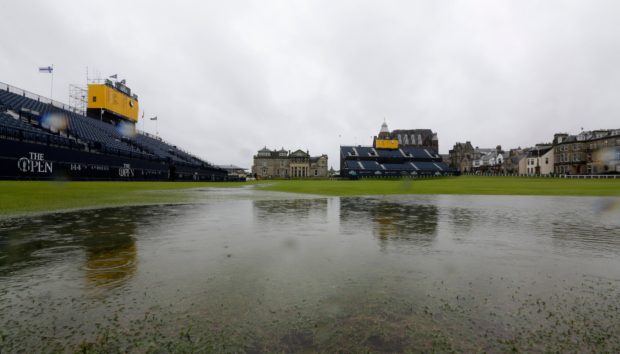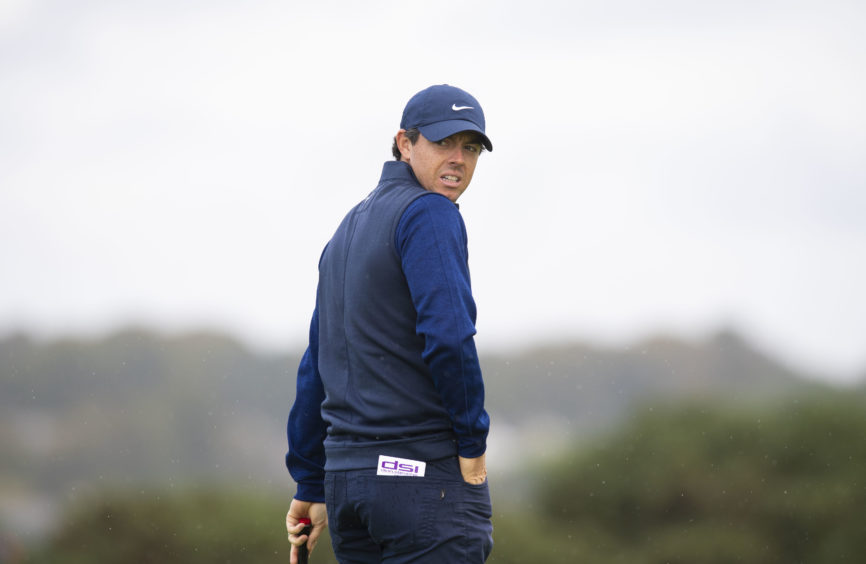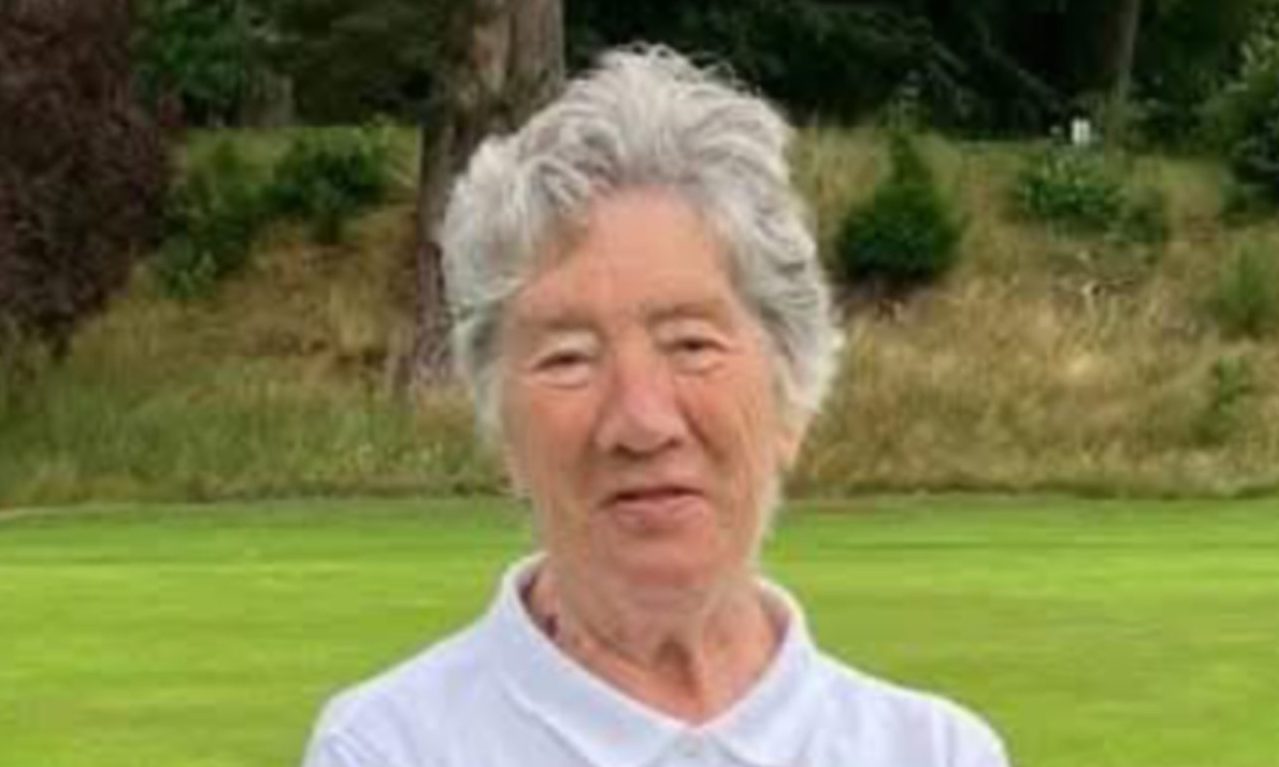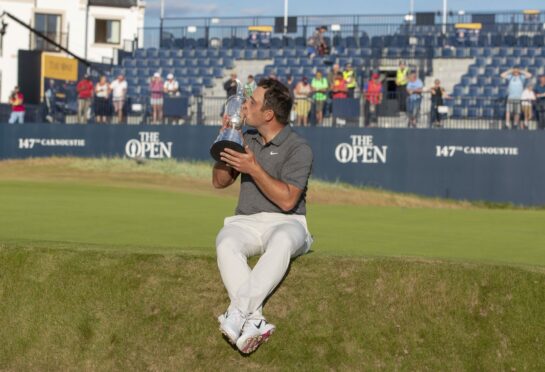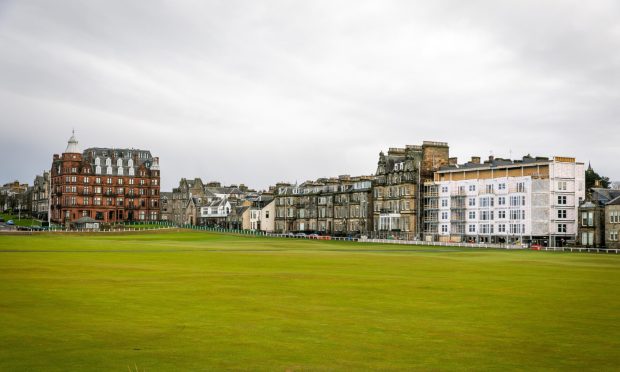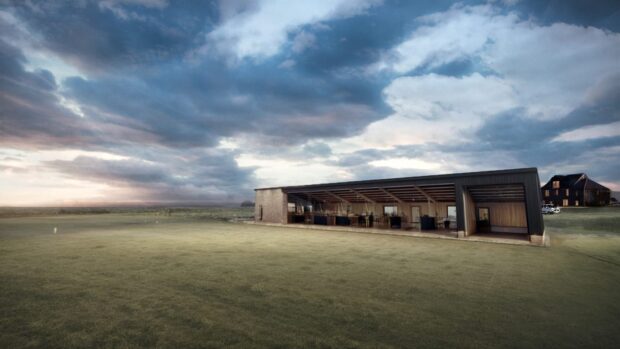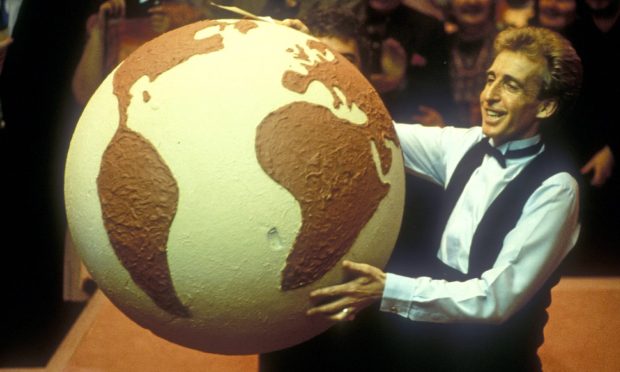Oddly, the 2015 Open Championship at St Andrews isn’t remembered with any great admiration.
It was as gripping a final day contest as the great championship has produced in the last 30 years I’ve been present. At one point 10 to 12 players had a shot at the Claret Jug on the Old Course, which fulfilled Bobby Jones’ belief it was “the most favourable meeting ground possible for an important match”.
Three men tied for the lead at the end of 72 holes – it should have been five – and after a play-off Zach Johnson lifted the Claret Jug.
But in truth, it’s not odd at all we don’t recall this championship with any great fondness. At the end, we were all a bit scunnered.
This was the longest Open, playing into the gloaming on Monday after multiple rain and wind delays. “Loch Swilcan” appeared on the 18th fairway as the old burn burst its banks and play was halted almost all day Saturday by a wind that was not nearly the strongest I’ve experienced in all my three decades covering golf at St Andrews.
For me there remain three persistent memories from 2015, and none of them involved actual play. The first, obviously, was the Old Course in its championship finery totally awash on Friday.
The second was on Saturday, during the wind delay. Bored, in mid-afternoon I walked all the way out to the turn to see Grant Moir, the R&A’s director of rules, with his wind meter held high in one hand and a radio in the other on the exposed 7th/11th double green, forlornly waiting for the wind to relent.
The third was also on Saturday, but we’ll get to that later.
The pre-championship favourites were Rory McIlroy, Dustin Johnson and Jordan Spieth, who had won the first two majors of that year, but had no competitive experience at St Andrews.
Rory was defending champion and joint-holder of the Old Course record, so ready to fulfil the destiny ruined by the 80 in the storm in 2010. Only he never got there, rupturing ankle ligaments playing five-a-sides two weeks before.
Johnson, seeking immediate redemption after his a disastrous US Open loss to Spieth, shot a 65 on a dreich, calm opening day. A decent sextet including Jason Day, Paul Lawrie and Zach Johnson were a shot behind, while Spieth had an impressive 67 on his Old Course debut.
The four-hour delay for the Friday deluge meant the last tee-time was nearly 7.30 pm.
This meant the farewell to five-time champion Tom Watson was illuminated by the lights on Golf Place and The Links at 10pm. It was actually better and more atmospheric then, the bars of all the clubs emptying to cheer the great champion home as light faded.
The second round stretched into Saturday, when the wind came. In normal circumstances, it should have been just about playable, but greens cut so short to the then-accepted norm of major championship golf meant no ball was staying still on the 7th/11th green.
This occurrence was maybe significant for the R&A’s philosophy for the Open – the following year at Troon, with strong wind forecast, the R&A didn’t cut the greens overnight on Friday and played on.
They did much the same in 2018, finally recognising that green speeds suitable for San Diego don’t work on Scottish links. Players complain, but they miss the point.
Eventually Dustin Johnson toiled to a second round 69 to hold a stroke lead from England’s Danny Willett, one of the few to finish on Friday. Tiger Woods missed the cut.
Moving day was Sunday, and for once it lived up to the name. In ideal scoring conditions Dustin Johnson slumped to a 75, eventually barely finishing in the top 50.
Willett faded as well while Day and 2010 champion Louis Oosthuizen took over the lead, with the Irish amateur Paul Dunne, who had a 66 to be the first amateur to co-lead the open after 54 holes for 88 years.
Spieth, after his tough 72 over two days Friday and Saturday, stormed back with a 66. The Grand Slam was back on.
And on a fluctuating final day, the young American and others gave it a lash. Marc Leishman, a burly Australian who had quietly hung about, shot a 66 to set the target.
Zach Johnson seemed likely to easily overwhelm Leishman’s 15-under total but a brief storm hit the leaders on the back nine, and he had to rattle in a 30 footer on the final green to tie the Aussie.
The third round leaders had just passed the turn then, contending with the sideways rain of a St Andrews summer. Dunne had bogeyed the first two holes and ran out of steam, but Oosthuizen, Day and Spieth battled on.
The 2010 champion ground out par golf on the back nine until he hit a wedge at the last to five feet to tie Leishman and Johnson at 15-under.
Day’s demise was the most gutting – 11 pars in a row from the sixth, he had a 20-foot putt on the last to break the streak and get in the play-off, and it didn’t get there. Seriously, a putt to have a chance to win the Open and he left it short? Inexplicable even now.
Spieth birdied 16 with a dramatic 50-foot putt to get to 15-under and the Grand Slam year was still in plain view. He just had to negotiate the ancient terrors of 17 and 18.
The Road Hole, untypically, hadn’t had much of a role in the championship. But Spieth played it like a bomb might go off, with a conservative second shot right and short. He wedged to ten feet and missed for bogey, but still had the 18th.
His strategy there was odd – a tee shot miles left, almost at the grandstand. Still, it was just a wedge to the traditional final round pin. And almost inevitably, his second shot spun down into the Valley of Sin, and he couldn’t get his birdie from there.
The play-off between Oosthuizen, Leishman and Johnson was inevitably anti-climactic. The Australian three-putted the first and the American got in front at the second, holing from 20 feet while the South African missed from similar length.
The last drama was at 17, where Johnson was down the bank near the road in three and struggling, but he got up and down to save bogey, while Oosthuizen three-putted to let him off the hook.
The South African then missed an eight-foot birdie chance at the last, and Johnson, surprisingly emotional once he took off his ubiquitous shades, had the title.
While it was a better championship than memory suggests, my favourite recollection from 2015 remains from Saturday, again during the wind delay. Three hours after the suspension, with it just having been announced they would be no play for another two hours, I was crossing the course at the 2nd/17th.
At the big public grandstand at the 16th, there was not a spare seat, in fact there was a queue down the stairwell to get in. Halfway through a six hour delay, with no guarantee there would be play at all, nobody was going home.
The best thing about any Open Championship is almost always the fans.
